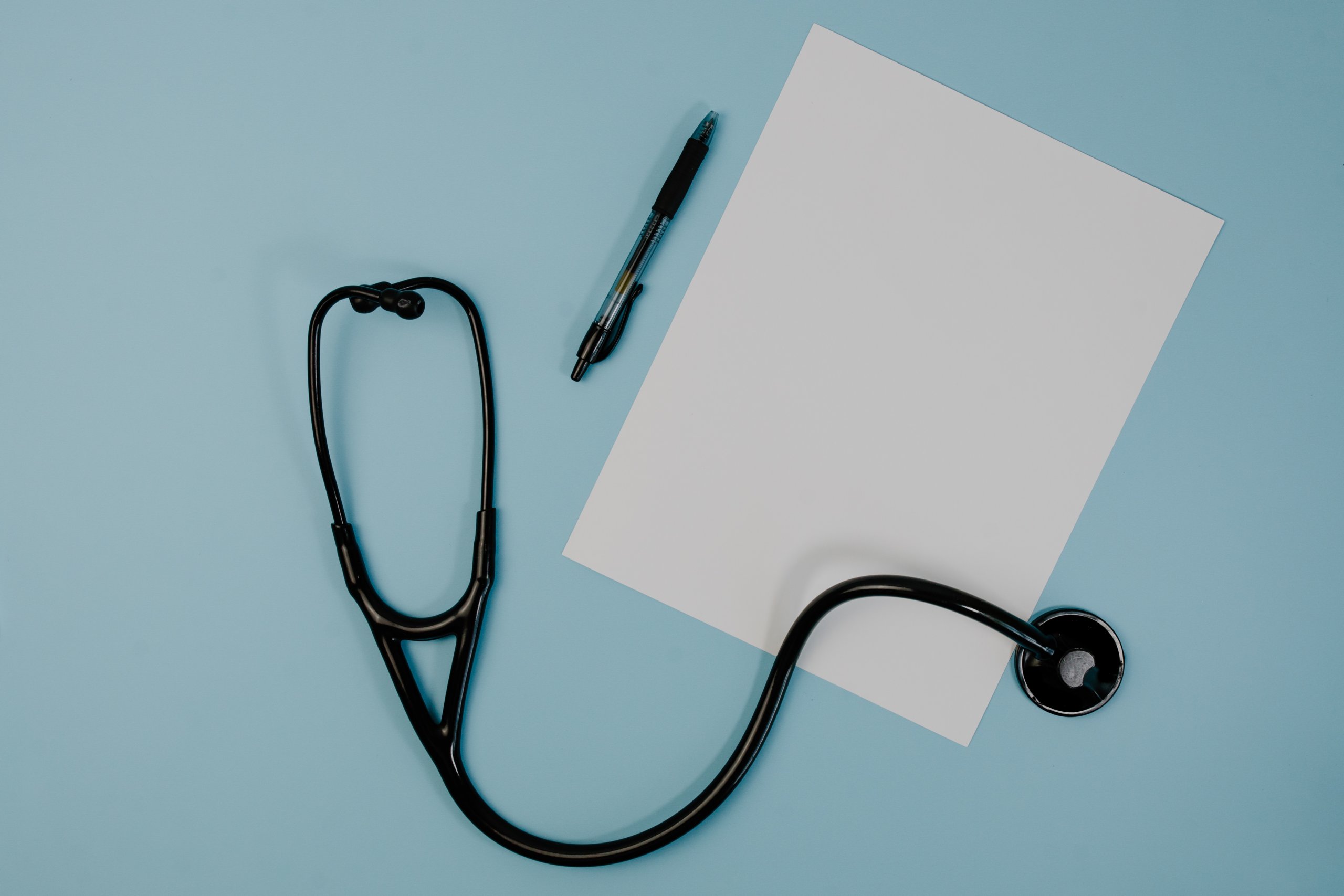
The Internet of Things (IoT) is expanding to nearly every industry, and each sector is leveraging this connected technology to reap different benefits. But perhaps no other field is being transformed by IoT more than medicine. An analysis by Grand View Research Inc. shows that IoT applications in the healthcare market will reach a value of almost $410 billion by 2020.
For healthcare providers, IoT’s novel tools and advantages provide the framework for better patient care and experiences. Costs become more manageable, patient treatments improve, and provider workflows become more seamless.
 Some ideas are have already become entrenched in modern medicine: wearables, mobile apps, and smart devices are the norm for many patients today. But there are also many concepts that are blazing a new path in the industry: biosensors embedded into clothing, virtual assistants within the home, higher-thinking analytics, web-based healthcare portals, and blockchain-enabled electronic medical records systems are just a few of the innovations we can expect in the coming years.
Some ideas are have already become entrenched in modern medicine: wearables, mobile apps, and smart devices are the norm for many patients today. But there are also many concepts that are blazing a new path in the industry: biosensors embedded into clothing, virtual assistants within the home, higher-thinking analytics, web-based healthcare portals, and blockchain-enabled electronic medical records systems are just a few of the innovations we can expect in the coming years.
Let’s delve into these topics to see what we can expect in the near future.
Better Healthcare Records
If your doctor is up-to-date with technology, you may already be benefiting from a great patient health portal that lists information like your previous visits, doctor notes, costs, and more. These portals also provide faster ways to get in touch with customer service and the front office, which in turn helps office personnel process requests and schedule appointments much faster.
 IoT is helping push patient health portals even further with features like real-time consultations with doctors, advice on demand, the ability to see lab and test results, and even some repositories of healthy recipes.
IoT is helping push patient health portals even further with features like real-time consultations with doctors, advice on demand, the ability to see lab and test results, and even some repositories of healthy recipes.
Blockchain-Secured Medicine
Blockchain is a seamless way to introduce a strong layer of security into any IoT application. So far, blockchain has been employed as a feature in finance and banking, but its potential in medical applications is great for giving healthcare providers some peace of mind.
Blockchain affords healthcare providers encryption between data transfer, safer data storage, ability to freeze editing capabilities in electronic medical records, a record of all transactions, and transaction protection.
In Estonia, eHealth Foundation and Guardtime are working together to integrate blockchain to secure and encrypt millions of medical records.
And Boston-based MIT has started a project called MedRec. MedRec is a decentralized, secure content management system that encrypts data storage and communication using the Ethereum blockchain.
Devices and Sensors
Wearable devices and sensors can give healthcare providers a glimpse into their patients’ health without intruding or introducing surgery. With this technology, doctors can spend less time asking questions and more time giving advice and next steps to their patients. Additionally, costs of running business decrease because larger equipment can be substituted with personalized equipment.
Smart devices are also slowly making their way into the average household: syringe pens for diabetes, smart inhalers for asthma, smart blister packs, and smart pills and smart pill packs. These are low-risk devices that can improve the quality of life for patients and quality of data for providers.
Because devices and sensors can encapsulate almost anything, the possibilities are truly endless. Adding sensors into medical offices further helps reduce costs and increase efficiency. Equipment can be maintained and repaired before it becomes a bigger issue, healthcare systems can become better connected across fields, and real-time monitoring of health systems all positively impact the healthcare experience for both patients and providers.
Biosensor Technology
Speaking of sensors, biosensors are the newest tools for data collection and generation. These sensors send data over a wireless network to the appropriate application. Providers can easily compare the patient’s activity to the provider’s original recommendations. For patients, biosensors give a sense of what improvements can be made and what goals are in reach.
Biosensors track sleep, physical activity, and overall health statistics: arterial pressure, oxygen levels, pulse rate, glucose levels, and blood alcohol levels are some of the data generated from biosensors. If necessary, these biosensor applications can also alert the appropriate doctor or provider to an impending problem.
Some biosensors record data with much higher specificity and sensitivity, which gives providers another data point for their patients. These sensitive biosensors are great for higher-risk populations, like the elderly or infants.
With real-time tracking capabilities, providers can even triage their patients’ appointments to serve the most worrisome patients first. No longer will a provider have to rely on the patient’s word about their activity levels, medication schedules, and recent well-being reports.
AI and Machine Learning
IoT is already a flexible and boundless field on its own. But when you add AI and machine learning into the mix, IoT really begins to excel in unforeseen ways. Experts think so, too: by 2018’s end, healthcare providers saved $1 billion by using AI and machine learning to automate repetitive tasks usually done by humans.
Machine learning is also used in chatbots to improve customer service and response times. This field of AI is being employed in healthcare to glean insights from large amounts of big data, improve treatment protocols, and better analyze medical records.
AI and machine learning greatly reduce the risk of human-caused error. This gives providers and insurance companies more time to interact with and help patients while improving analytical insights.
IoT Is Healing Healthcare
With a more digitized healthcare system, providers can give patients better treatment and attention, improved customer service, and more meaningful insights from data analysis.
According to Technavio’s research, analysts forecast that the worldwide IoT market in healthcare will grow at a compound annual growth rate of 37% by 2020.
The future is looking healthy for IoT spend and innovation in medicine and healthcare! What IoT advantages are you eager to see in the medical field? Let us know in the comments!





